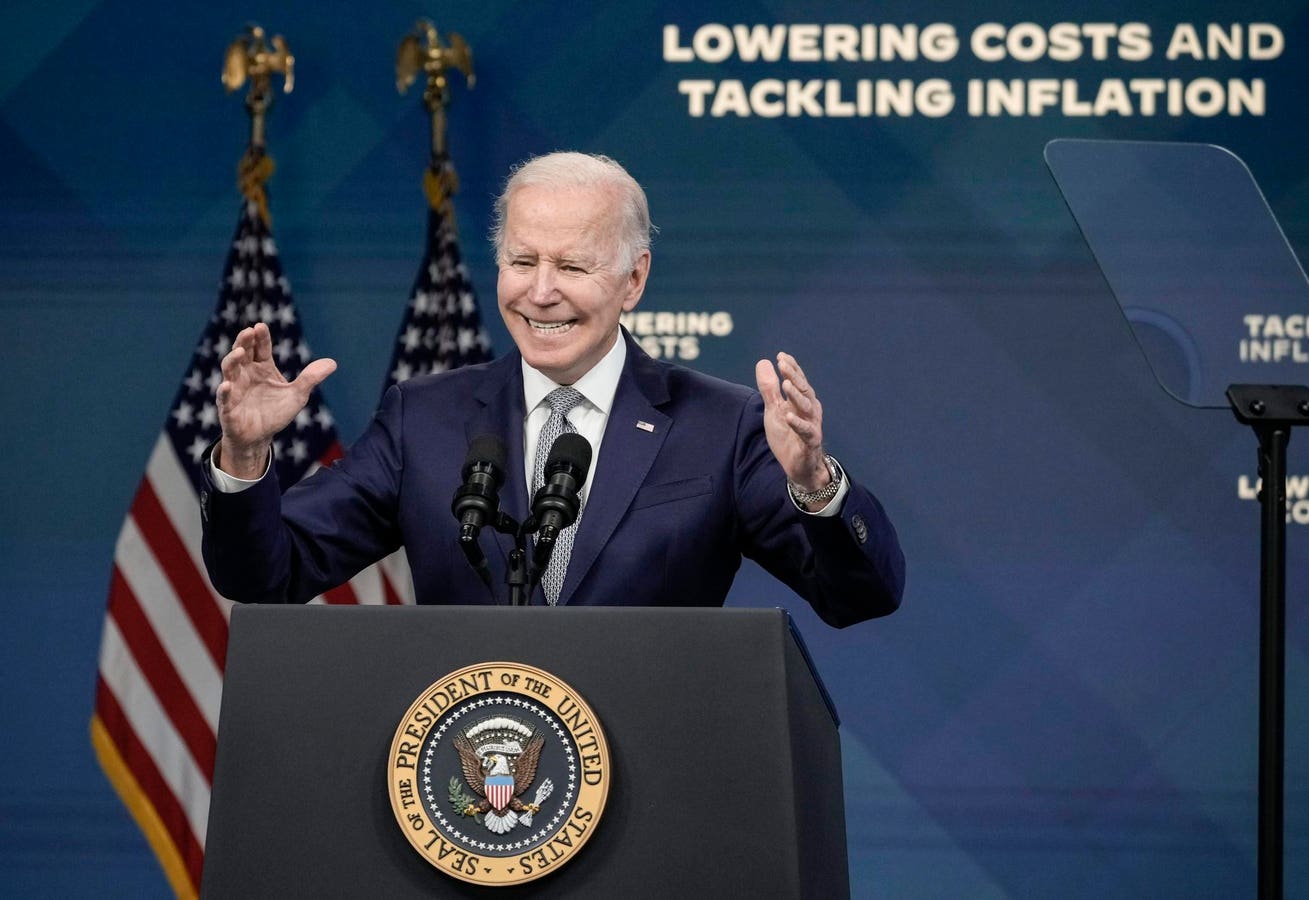
In a document released in March of this year by the Government Accountability Office (GAO), food inflation from 2021 to 2022 rose by 11.0%, the largest increase in food prices in over 40 years. The GAO also states that the rate of food inflation in the previous 10 years ending in 2022 was about 2.0% per year.
What causes food inflation? Are food prices trending higher or lower?
Causes of Food Inflation
There is a belief among some that policies from the Biden administration are the reason inflation is high. While government policies can certainly impact consumer prices, they are not a primary cause in most cases. What’s causing the present round of food inflation? Inflation exists when demand exceeds supply. Therefore, we must look at the underlying causes.
Supply: General
Getting food to the consumer involves three steps: production, processing, and distribution. Production costs vary based on the cost of feeding animals, the price of fertilizer, and animal and plant disease. Processing and distribution costs are affected by the cost of packaging and other materials. The supply of workers is another major factor, which of course, was interrupted by Covid-19.
Supply: Production
In America, most farm animals live on factory farms and are fed a diet of grains. The pandemic plus the Russian invasion of Ukraine (a major exporter of grains), have contributed to a reduction in the supply of feed. In addition, due to the pressure to mass produce for maximum profit, these animals are housed in tight quarters rather than allowed to roam about. Because of the lack of space, sanitary conditions are less than ideal as animals are forced to live in their own excrement, resulting in a higher incidence of disease. Therefore, large doses of antibiotics are given to keep these animals from getting sick. These are a few of the factors contributing to a higher cost for consumers. Perhaps the greatest contributor is the war between Russia and Ukraine.
When Russia invaded Ukraine, the cost of feeding animals rose substantially because Ukraine produces a significant portion of the world’s grains. More specifically, Ukraine supplies about 10% of the world’s wheat, 15% of corn, and 13% of barley. When you disrupt that much production, supply is reduced, and prices tend to rise. Corn and wheat are also the most common grains used in cereals. Thus, higher grain costs have had a negative effect on a large segment of the U.S. food supply.
Supply: The Federal Government
When the supply chain was disrupted during the pandemic, the FDA provided some regulatory relief by allowing food that was destined for restaurants to be diverted to grocery stores. This action was important to avoid even worse shortages and higher food prices. In addition, the USDA supplied funds to meat and poultry processors so they could expand their operations. The agency also provided funds to help expand fertilizer manufacturing. Despite these and other actions, the benefits were somewhat limited.
Demand
The other side of the equation is demand. As mentioned, if demand exceeds supply, prices tend to rise and vice versa. We clearly had a reduction in supply, which began during Covid-19. In response, the federal government passed a series of bills designed to stimulate the economy. In short, the federal government added a great deal of money to the system. This excess money increased consumer demand, which further exacerbated the supply-demand imbalance. In other words, the gap between supply and demand widened considerably. Therefore, the federal government, in its attempt to support the economy, became a significant catalyst in creating the highest inflation in over 40 years. When Congress increases spending, its members seek to appropriate money for their constituents, and it becomes like a spiked punchbowl where everyone wants to drink.
When Congress passed the Inflation Reduction Act in 2022, despite its name, the net result was likely an increase in inflation, rather than a decrease. Why? The bill contains numerous tax credits and deductions for businesses and individuals, which helps boost economic growth.
The Federal Reserve also played a key role. In hindsight, the Fed kept interest rates too low for too long and held the belief that inflation was going to be transitory. Both issues contributed to the present round of inflation.
The gap between supply and demand has improved, but there is still a good deal of government stimulus in the system and the economy is running hotter than the Fed would like. While food inflation has declined a bit, it is still too high. Perhaps it will normalize soon, but with the coming election, it’s more likely that Washington will continue spending, which will stimulate the economy and make it more difficult to get inflation down to the Fed’s target of 2.0%. It’s quite possible the Fed will need to be more aggressive in its battle against inflation.
